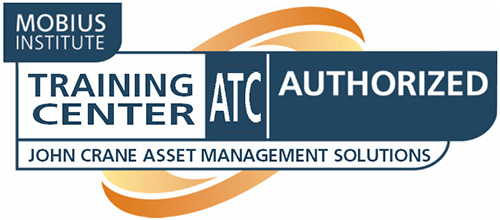Learn to be an effective vibration leader and master analyst - capable of managing the condition monitoring program, diagnosing the widest range of fault conditions, verifying and correcting resonance problems, performing complex balancing machinery - with advanced 3D animations and interactive simulations that make everything easy to understand.
If you are ready to be the senior vibration analyst, with the capability of handling all the common fault conditions and leading the Category I and II analysts, then this is the course for you
The Category-III course is intended for people who are confident with spectrum analysis but who wish to push on and learn more about signal processing, time waveform and phase analysis, cross-channel testing, machine dynamics, and fault correction. If you wish to truly advance in vibration analysis and be able to run a successful condition monitoring team, then you are ready for this course.
- You will learn to diagnose all of the common fault conditions with rolling element and sleeve bearing machines, utilizing spectra, high-frequency detection techniques, time waveforms, phase readings, and other techniques to diagnose faults.
- You will also learn machine dynamics (natural frequencies, resonance, etc.), how to perform resonance testing, and how to correct resonance problems. The course also covers the single and cross-channel measurement capabilities of your analyzer.
- And after completing the CAT-III course, you will be able to set up and run a successful vibration program and mentor the junior analysts.
Once you complete the training, you can take the exam with confidence, and become certified to ISO 18436-2 Category III via the internationally respected Mobius Institute Board of Certification [MIBoC]™. The MIBoC certification is accredited to ISO/IEC 17024 – there is no higher standard. You will join thousands of other Mobius™ certified analysts around the world.
Download Brochure Register Now 
This course is for the leader of the vibration analysis program and the person who wants to be the vibration specialist. On this course you will learn:
- Advanced signal processing
- How to diagnose the widest range of fault conditions
- How to utilize all of the vibration data types
- Resonance, dynamics, modal, and ODS
- How to manage a program and lead the team
Every vibration program should have a Category III vibration analyst leading the program. This is your chance to be the leader.
The training and accredited certification follow ISO 18436-2 and ISO/IEC 17024.